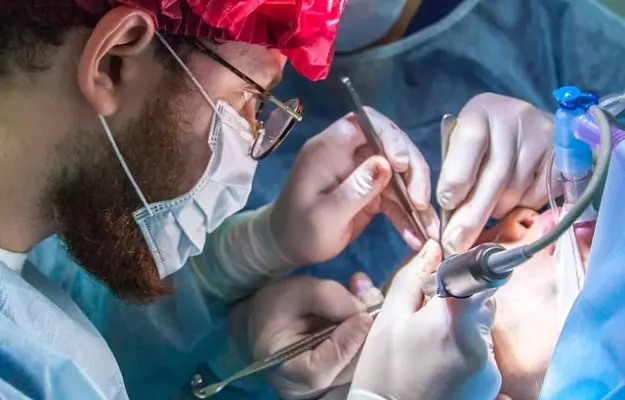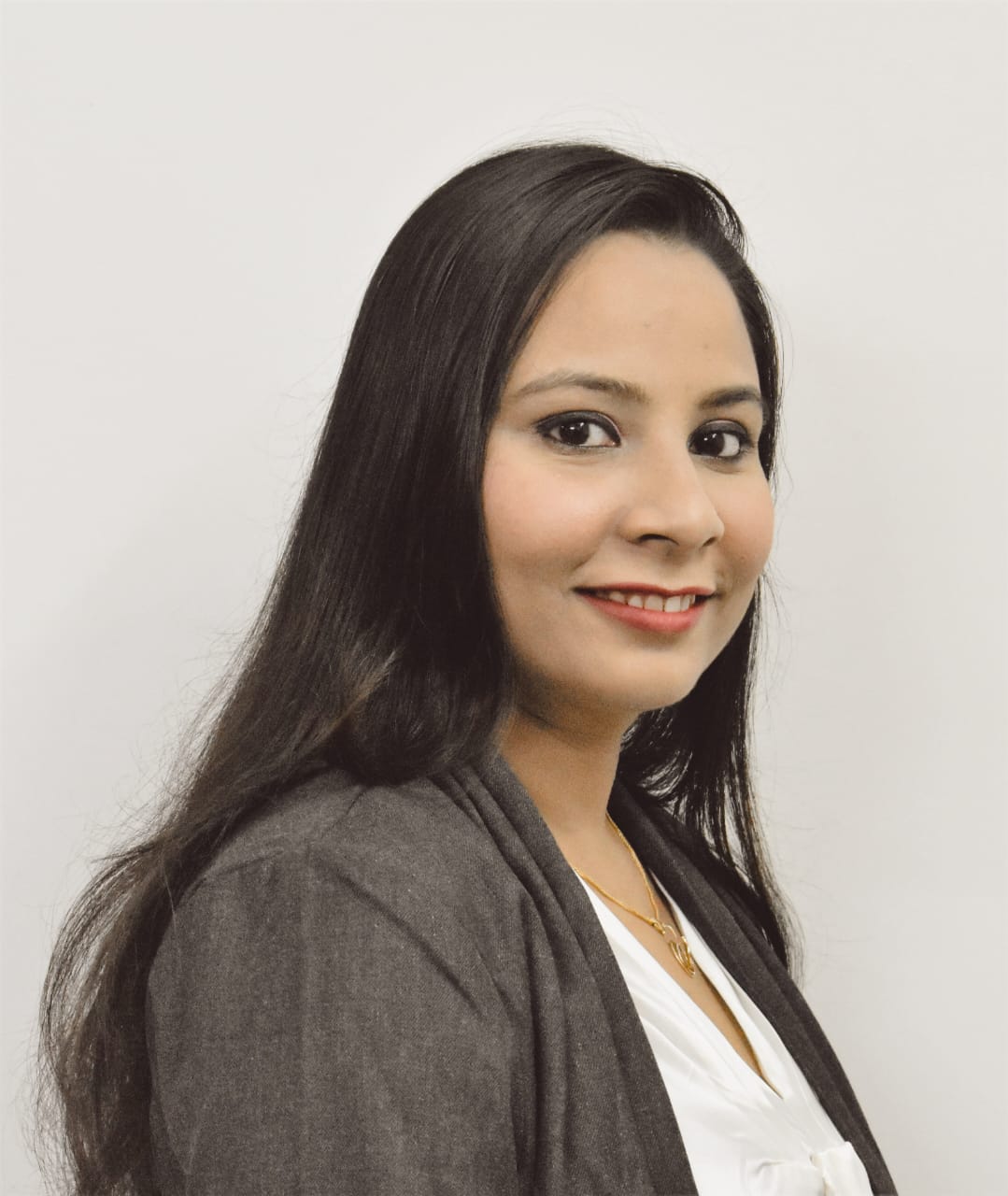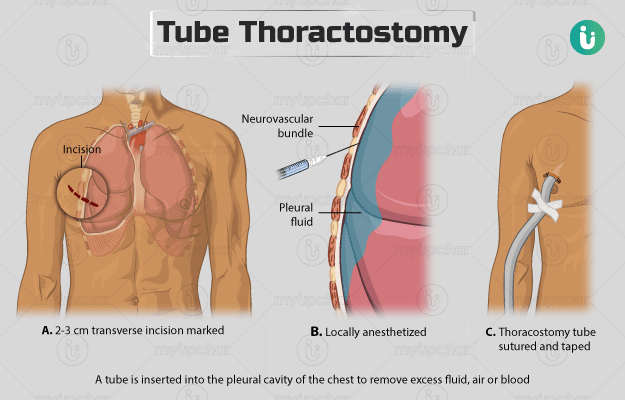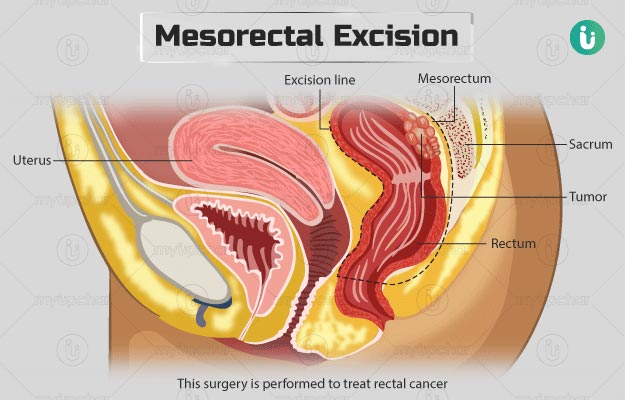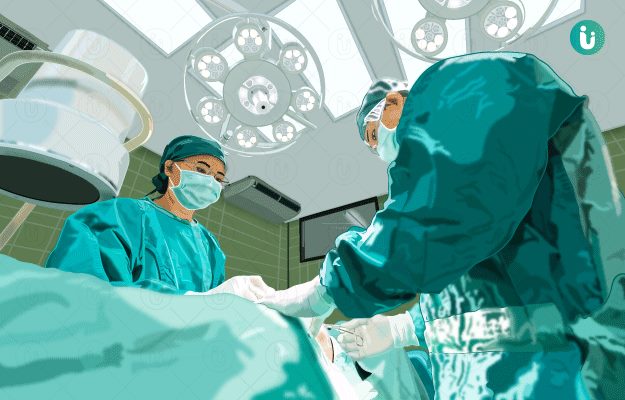When we think of plastic surgery, we often think about procedures that are done to improve a person’s appearance. A nose job, for example, or breast augmentation, or a tummy tuck. These cosmetic surgeries are an important part of plastic surgery—but they are only one part of it.
Plastic surgery also covers a range of reconstructive surgeries. These surgeries can remedy many defects of the face and body (except the central nervous system). Examples include surgeries to correct birth defects like a cleft palate or an extra finger, and surgeries for conditions like burns, cancer and ptosis.
Sometimes plastic surgery can also restore function in a body part. For example, after an accident, plastic surgery may be able to correct some hand and foot deformities and restore their function.
The term plastic surgery comes from the Greek word plastikos, meaning moulding or giving form. People of all ages and groups can get plastic surgery done as and when they need it. On World Plastic Surgery Day (15 July), we bring to you a ready reckoner on what is plastic surgery and what to expect if you are having one.

